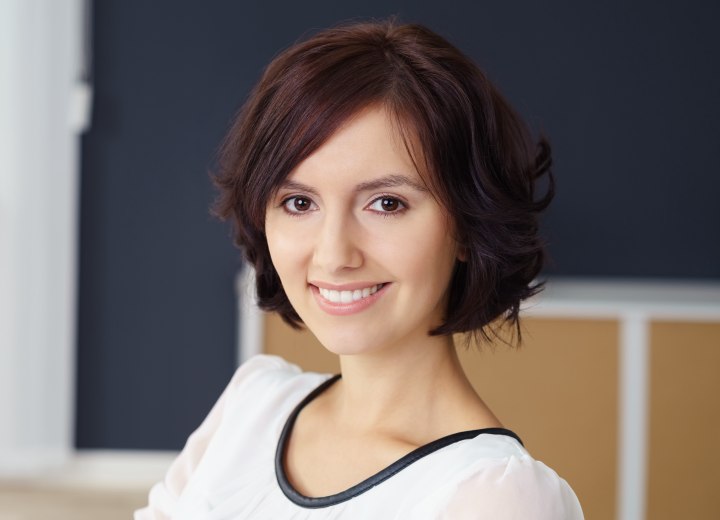Square, Round, Concave and Convex Layers

A: Essentially, these terms describe the overall shape of the silhouette created by a cut, or they can describe the cutting line of a hairstyle. Their specific differentiation is as follows.
It should also be noted that the term "squared" is also used in men's short layer cuts to indicate a blunted cut at the neckline perimeter. Though many fail to make the connection, this is essentially the same in women's square layered cuts, except that the lengths used are dramatically shorter.
ROUND layering refers to the silhouette crafted from the layering technique. The achievement of this effect often requires the use of a curved cutting line. The circle cut is an example of a round layering style. This is especially true when the hair is cut to a balanced length so that it lies and forms a spherical silhouette. The round layering also qualifies as convex layering, though in an all-over sense.
CONVEX layering creates an outwardly curving line in the silhouette and specifically in the area shaped by the layers. Round layers are always convex layers, although convex layers can have various degrees of arcing in the cutting line.
CONCAVE layers are denoted by the inwardly curving silhouette created by the layering, or by the cutting line of the style. The modernized bob style with the sharply turned curvature between the short back lengths and the longer forward lengths is a prime example of a concave layering style.
©Hairfinder.com
See also:
How to layer long hair
How to cut jagged layers
How to cut uniform layers
How to cut hair